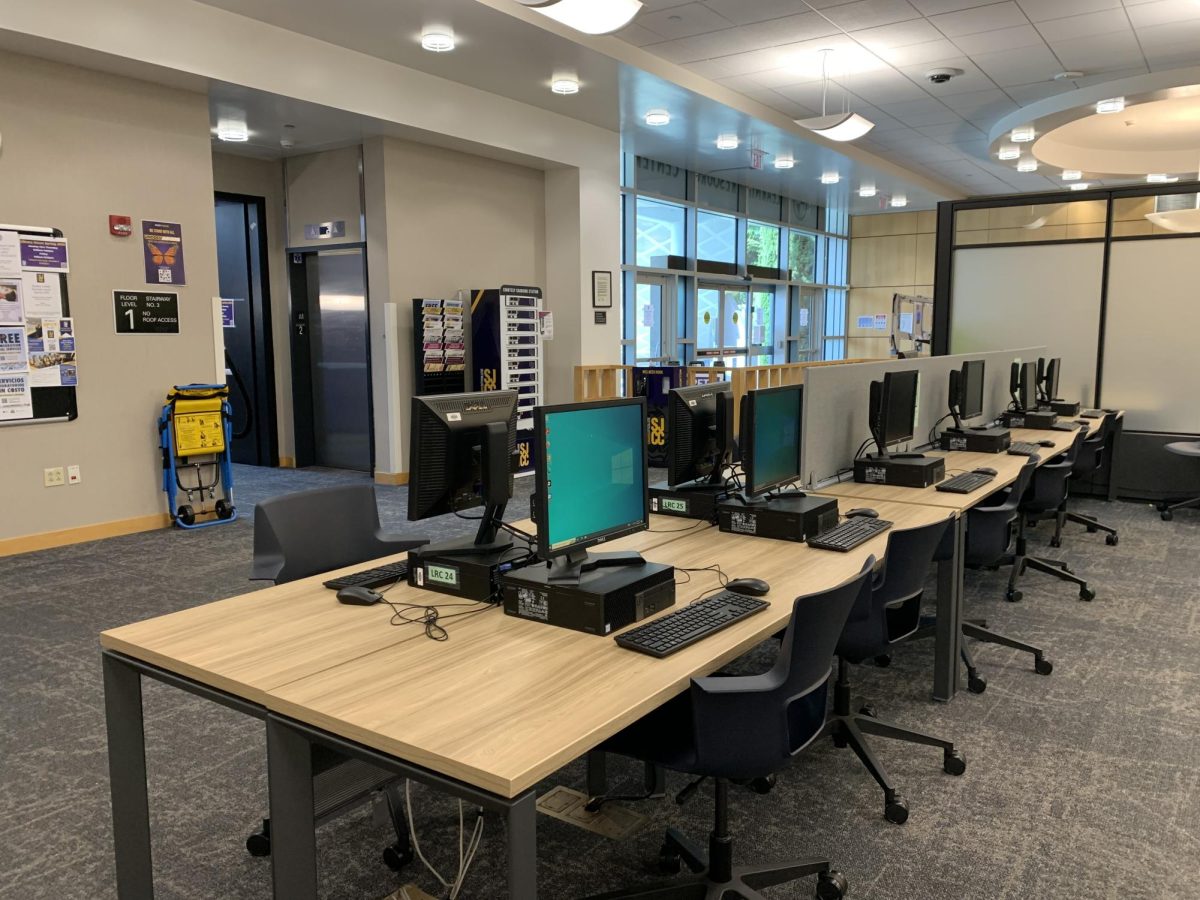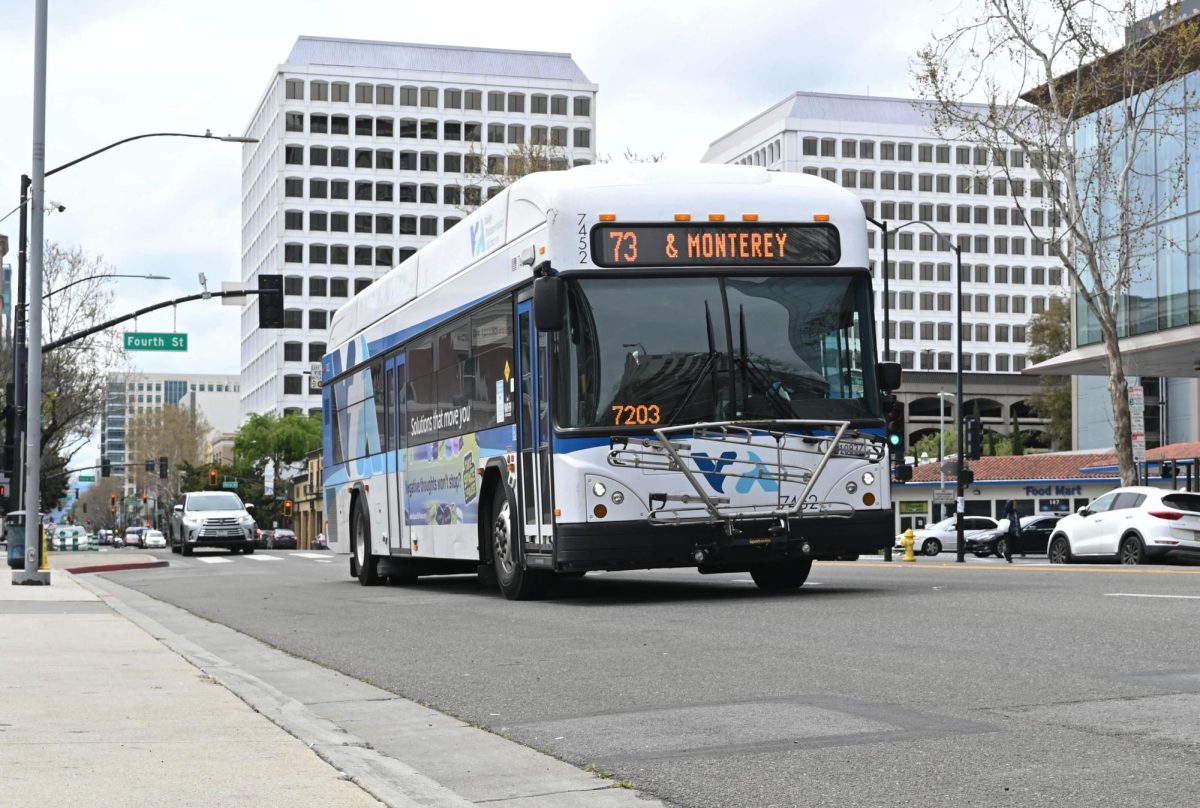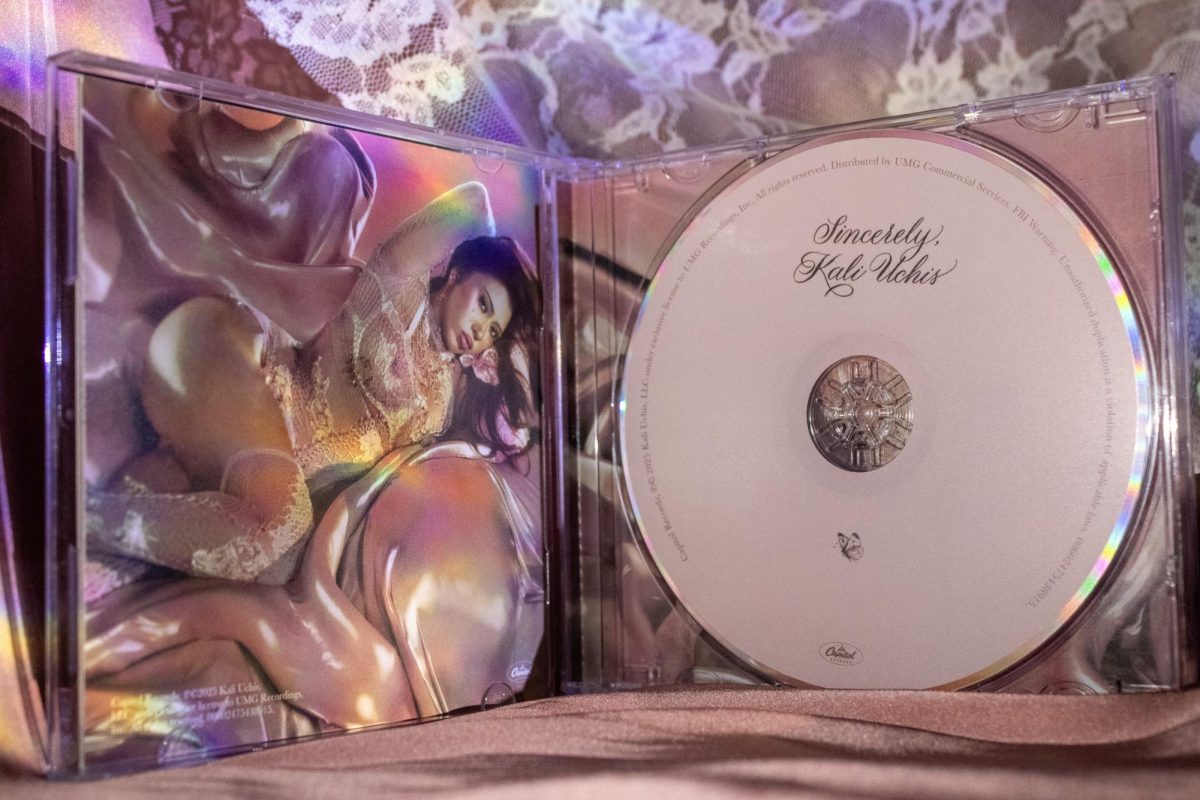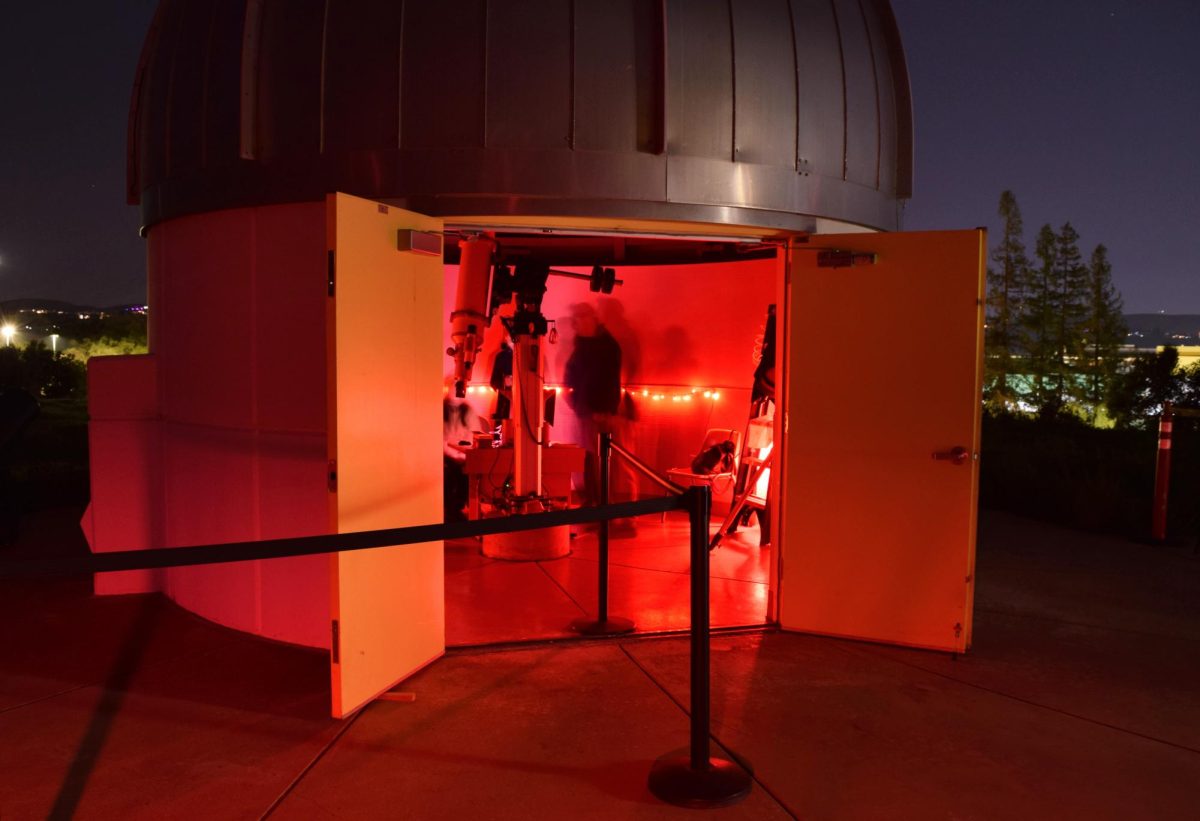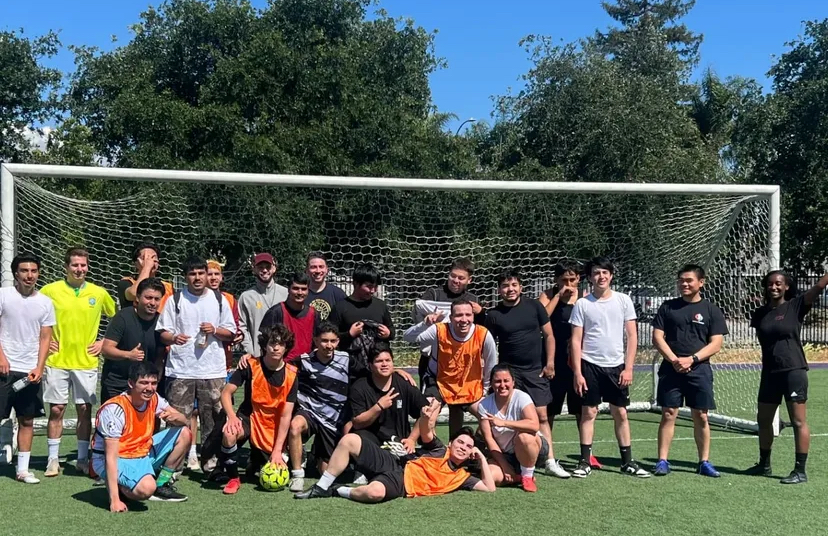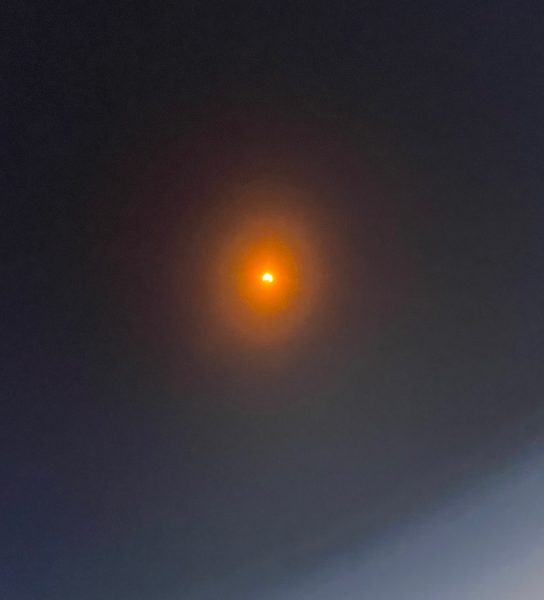
Monday, April 8th, was a much anticipated day across North America, as the sun was slowly blocked out by the moon in a total solar eclipse. Students and staff gathered on SJCC’s sidewalks and open areas across campus to witness the celestial event for themselves.
What is a solar eclipse?
A solar eclipse occurs when the Moon passes between the Sun and Earth, casting a shadow on the Earth’s surface and blocking out all or some of the Sun’s light.
Why didn’t it get dark on campus?
It didn’t get dark in San Jose because this region of the Earth was not in the path of totality. The path of totality is the stretch of Earth that witnesses a total eclipse, where the Moon completely blocks out the Sun. On April 8th, the path of totality stretched from Mexico through Texas and into the northeastern United States. While long, the path of totality was only about 200 miles wide, so most viewers only experienced a partial eclipse. The further away from the path of totality, the less coverage of the Sun viewers experienced, and since San Jose was roughly 1,400 miles from the path of totality, only a partial eclipse was visible from campus.
How often do eclipses happen?
Eclipses aren’t all that rare. They usually come in pairs, with a solar eclipse and a lunar eclipse occurring two weeks apart every six months. However, many eclipses are only visible over uninhabited land or the ocean, so most people don’t see them.
When is the next solar eclipse visible on campus?
The next partial eclipse visible from San Jose is in 2029, and the next total eclipse to cross America won’t be until 2045.
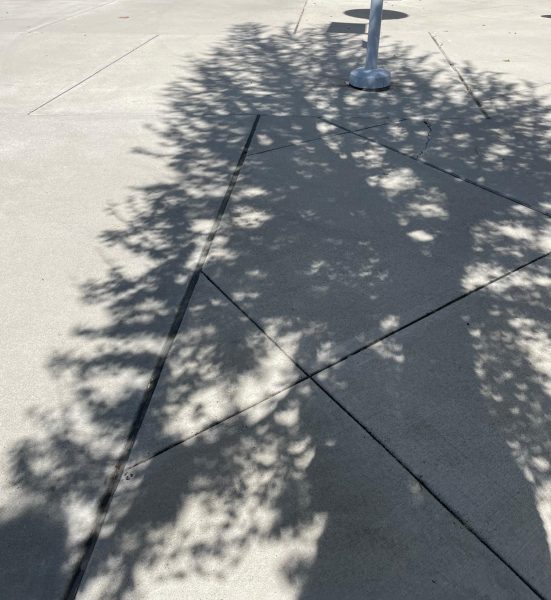
How do you view a solar eclipse?
“I’ve been told you shouldn’t look at a direct eclipse,” said Ivan Hernandez, a mechanical engineering student. Hernandez is correct; viewing a solar eclipse requires special eye protection. Looking at the sun with the naked eye will cause permanent damage. Sunglasses aren’t adequate, either. It’s essential to use eclipse glasses, which are 100,000 times darker than sunglasses, and block out enough light so that we can view the sun safely.
There are other ways to view a solar eclipse without looking at the Sun. The shadows from tree leaves become crescent-shaped, reflecting the progress of the eclipse. If there aren’t any trees nearby, you can also spread your fingers and cross them over each other in a grid, which casts similar shadows.
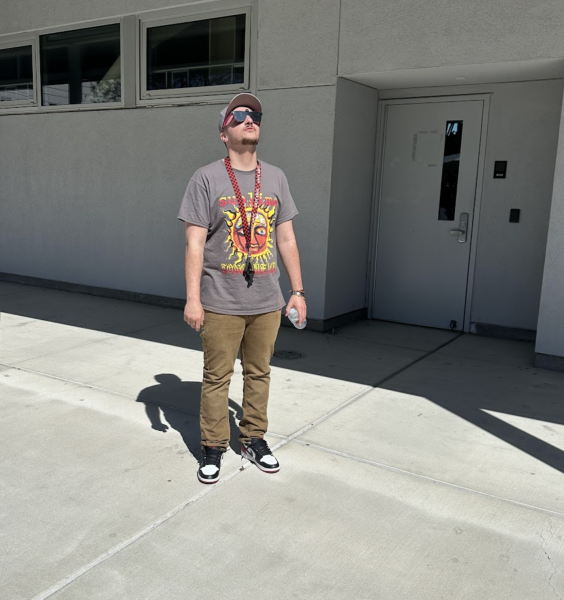
Reactions to the eclipse around campus
Vince Perec (undecided on major)
“It’s nothing special…I think most people celebrate it, because it’s pretty rare that the eclipse goes by…But to me it’s nothing special.”
Josue Castaneda (engineering)
“I think it was a pretty cool phenomenon, it’s something different, and it’s something to look at.”
Denise (communications major)
“I was very interested at first, but then once I found out that it wasn’t a full eclipse, then it wasn’t as interesting.”


